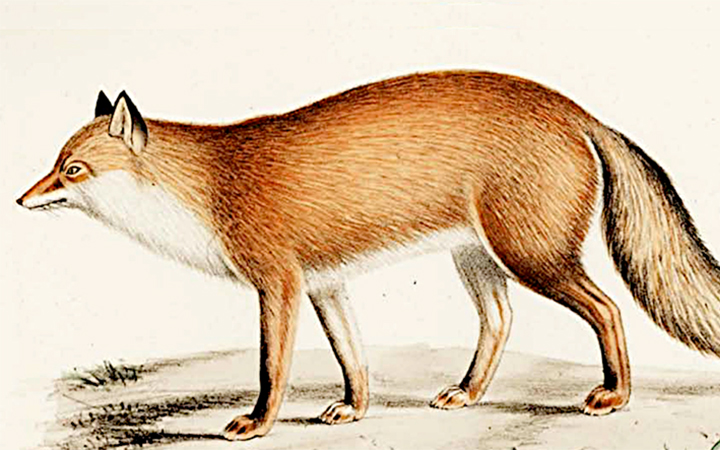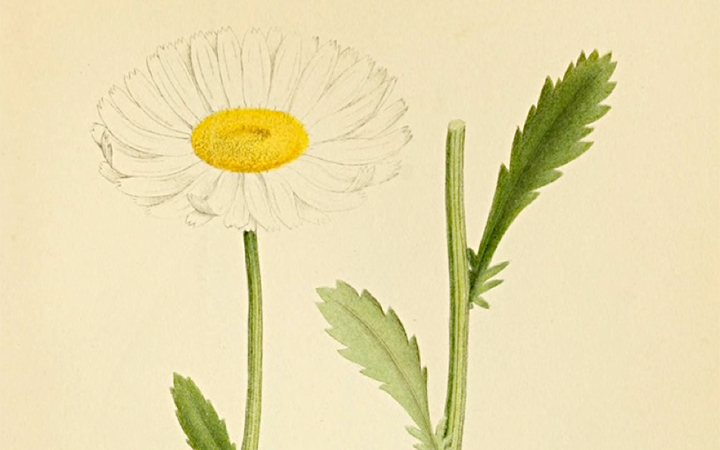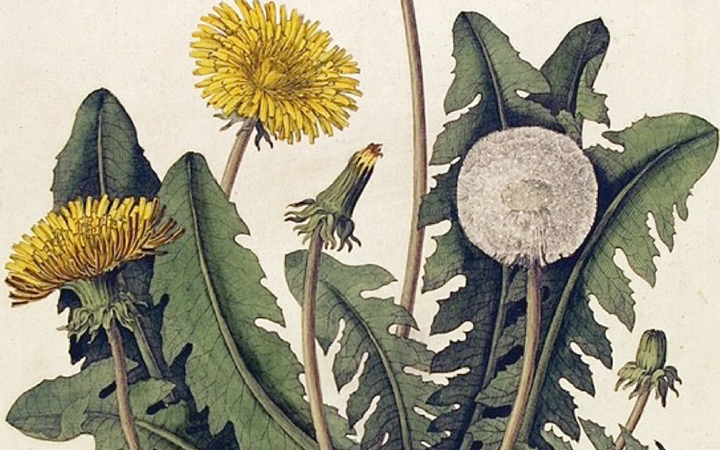United Kingdom Vintage Deck
2014 – (See Cards | Deck Info | Download | Purchase)…
All organisms collected depict common flora and fauna found in the United Kingdom. This is a DIY 60 card STARTER deck that collects vintage biodiversity related illustrations that predate 1913 (at least one hundred years old). Most come from wiki commons or the Biodiversity Heritage Library, where copyright status appears clear. Note that if an image used are breaking copyright status, please contact db@mail.ubc.ca so that we can remove the image.

Scots Pine
Pinus sylvestris


2 POINTS
Fact: In Britain it now occurs naturally only in Scotland, but historical and archaeological records indicate that it also one occured in Wales and England.

Red Fox
Vulpes vulpes


1 POINTS
Play: The Red Fox has a MOVE of 2. Can also be played on Urban.
Fact: THe earliest fossil specimens of V.vulpules were uncovered in Barany, Hungary dating from between 3.4 and 1.8 million years ago.

Oxeye Daisy
Leucanthemum vulgare


3 POINTS
Fact: The Oxeye Daisy is considered an invasive species in many parts of the world. It is difficult to control or eradicate, since a new plant can regenerate from rhizome fragments.

Common Dandelion
Taraxacum officinale


2 POINTS
Fact: T. officinale is considered a weed, especially in lawns and along roadsides, but it is sometimes used as a medical herb and in food preparation.

Blue Tit
Cyanistes caeruleus


3 POINTS
Play: The Blue Tit has a FLIGHT of 2. Can be played next to any TERRAIN.
Fact: While most authorities treat the Blue Tit as a subgenus of Paras, the British Omithologists’ Union treats Cyanistes as a distinct genus.

Apple Tree
Malus Domestica


9 POINTS
Fact: There is genetic proof that Malus sieversii is the wild ancestor of the domestic apple.